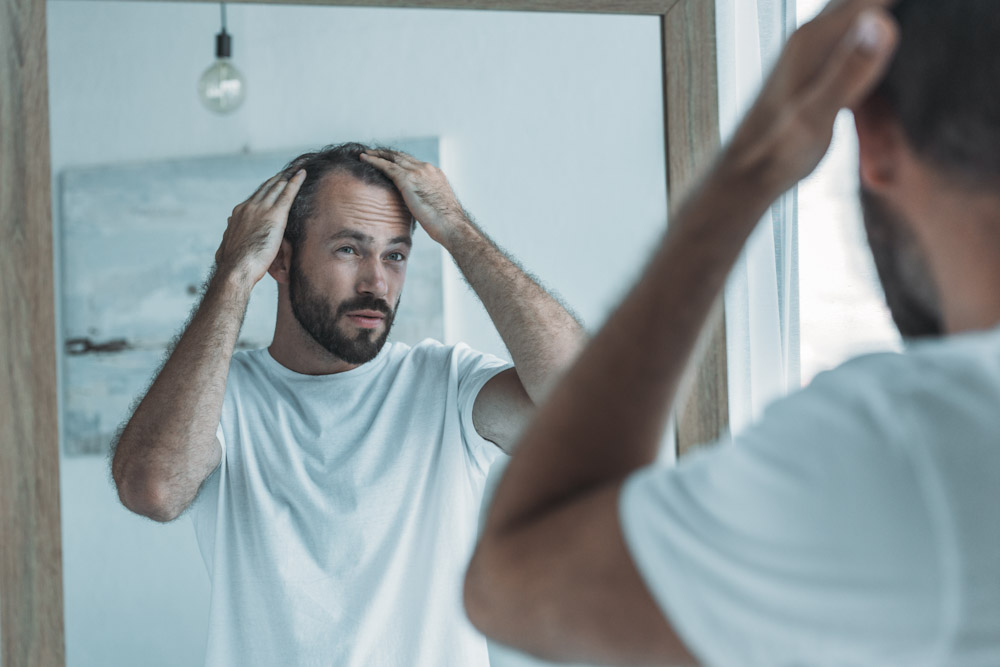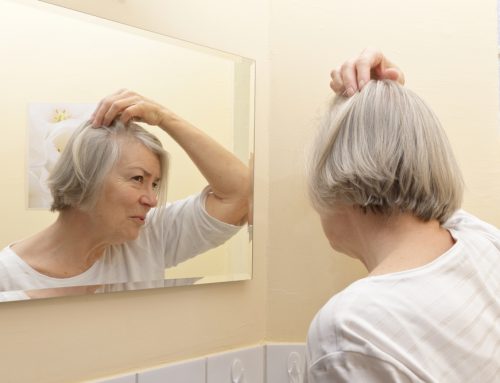They say that ignorance is the luxury of youth, a privilege of having few responsibilities to society and few external or internal crises that cause worry. For children, the most stressful part of their day might come from arriving at school with new braces on their teeth or getting to the birthday party on time﹘things that may seem superficial to an adult but that is everything to a child. This is because the cares and obligations of adulthood have redefined what is worth being worried about. Parties and orthodontia aren’t a part of a typical adult’s world anymore﹘the only way to experience that worry again is to look back and remember.
This goes both ways, of course. To children, things like promotions, taxes, and getting a nose job are all matters to be dealt with later, after an endless string of tomorrows. They might see their parents struggling with something like hair loss﹘the adult analog for the (typically) adolescent problem of braces﹘and their only way to experience that pain is to look forward and anticipate.
Hair Loss Prevention
Unfortunately for a child, they can’t remove their oral hardware themselves (at least not without significant pain and risk of long-term problems). But what tools are available to adults to help with their own aesthetic crisis, and are they even effective? Much like how a kid goes to an orthodontist for help with their crooked teeth, an adult can go to a dermatologist to get specific treatment for their hair loss.
- In the case of male pattern baldness, a doctor can test for the existence of dihydrotestosterone (DHT), a hormone that shrinks hair follicles and speeds up the process by which hair ages and falls out, leaving the impeded follicles from being able to replace the hair again.
- For female pattern hair loss, this process may be no less hormonal (thanks in large measure to menopause), though it is less attributable to a single “troublemaker” such as DHT. Both males and females can suffer hair loss if there is a hereditary link of baldness elsewhere in the direct family line.
Once a dermatologist has had a chance to identify the cause of the hair loss, they might suggest a few non-invasive methods to be done at home in order to staunch further thinning before cosmetic surgical options need to be explored. These home-administered remedies are medications, often over-the-counter, that focus on reversing the adverse effects of hormones on the hair follicles.
Remedies at Home
When one goes to the pharmacy to purchase or fill medication for hair loss, they are usually administered in one of two ways: as a cream or mousse applied directly to the scalp, and in pill form to be taken orally. Whether the medication is meant for men or for women, the medication works similarly, by introducing agents into the body that will directly combat the symptoms of pattern baldness; namely, the shrinking of hair follicles and the shortened life cycle of hair growth and loss.
Of these aforementioned agents, there are two that are most often prescribed by dermatologists to stop hair loss. These can be great alternatives to typical cosmetic surgery options like a hair implant.
- Minoxidil: This is an effective, if enigmatic, property found in some of the most popular anti-balding solutions, like Rogain. The mystery of minoxidil resides in the fact that it is a reliable help, but no one can point to what exactly the active ingredient may be.
- The leading theory is that minoxidil works to elongate the previously shrunk hair follicle, thus increasing the time that a hair can spend growing in the scalp.
- While it is found in numerous balding medications, Rogain is currently the only over-the-counter option approved by the Food and Drug Administration.
- Finasteride: This medication is a bit more clear in how it helps stop hair thinning. Whereas minoxidil likely works to reverse the effects of DHT on the scalp, finasteride directly combats the over-production of DHT in men.
- Because it directly counters DHT, a hormone found solely in men, finasteride is ineffective against women. For men, however, it has been shown to be effective in over 90% of cases.
- This is normally taken in pill form, whereas minoxidil is applied to the scalp
It is important to note that neither of the above medications is prescribed to “cure” baldness; if one was to stop taking these remedies, the baldness would start back up again, and with greater efficacy. Those who choose to use these options should be prepared to do two things: exercise patience and take them for months or years, for once the hair loss begins again, the hair will fall faster and in greater amounts. On the whole, however, these medications can save a patient from what might be a stress-inducing consultation with a plastic surgeon.







